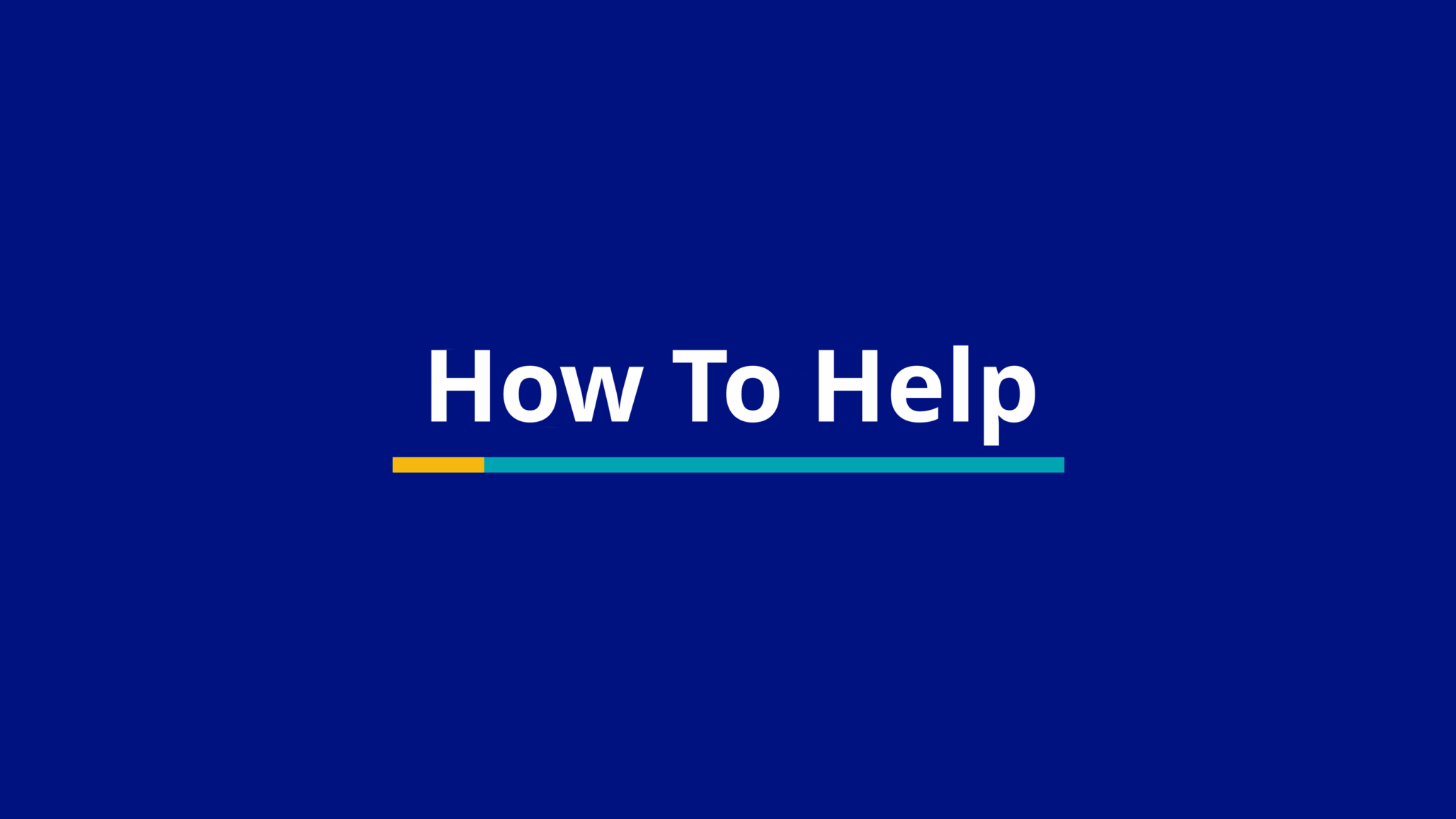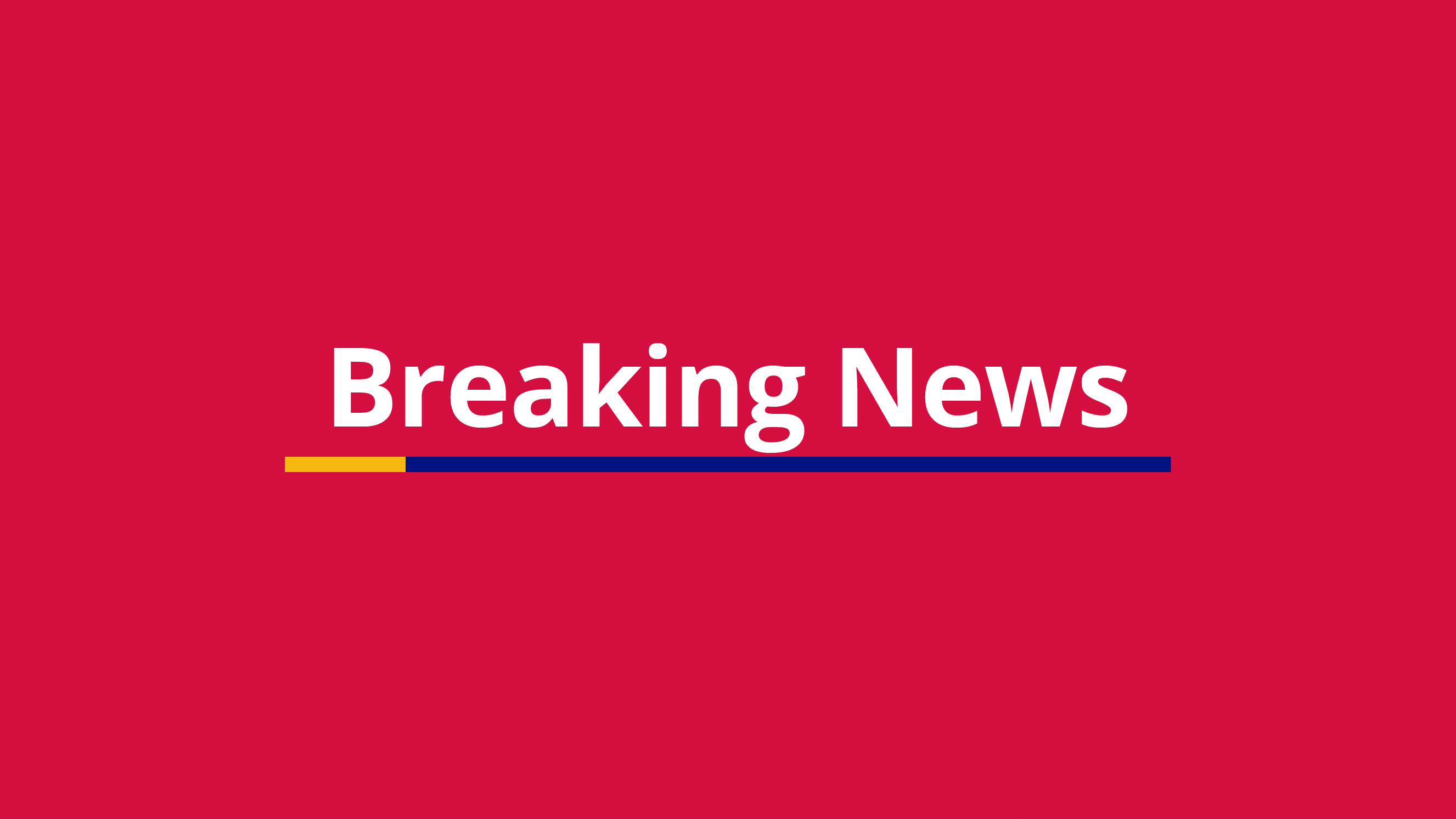The Dreams of Gaza’s Children
Read a firsthand account of the impact of the crisis on children’s mental health from Project HOPE’s communications officer in Gaza.
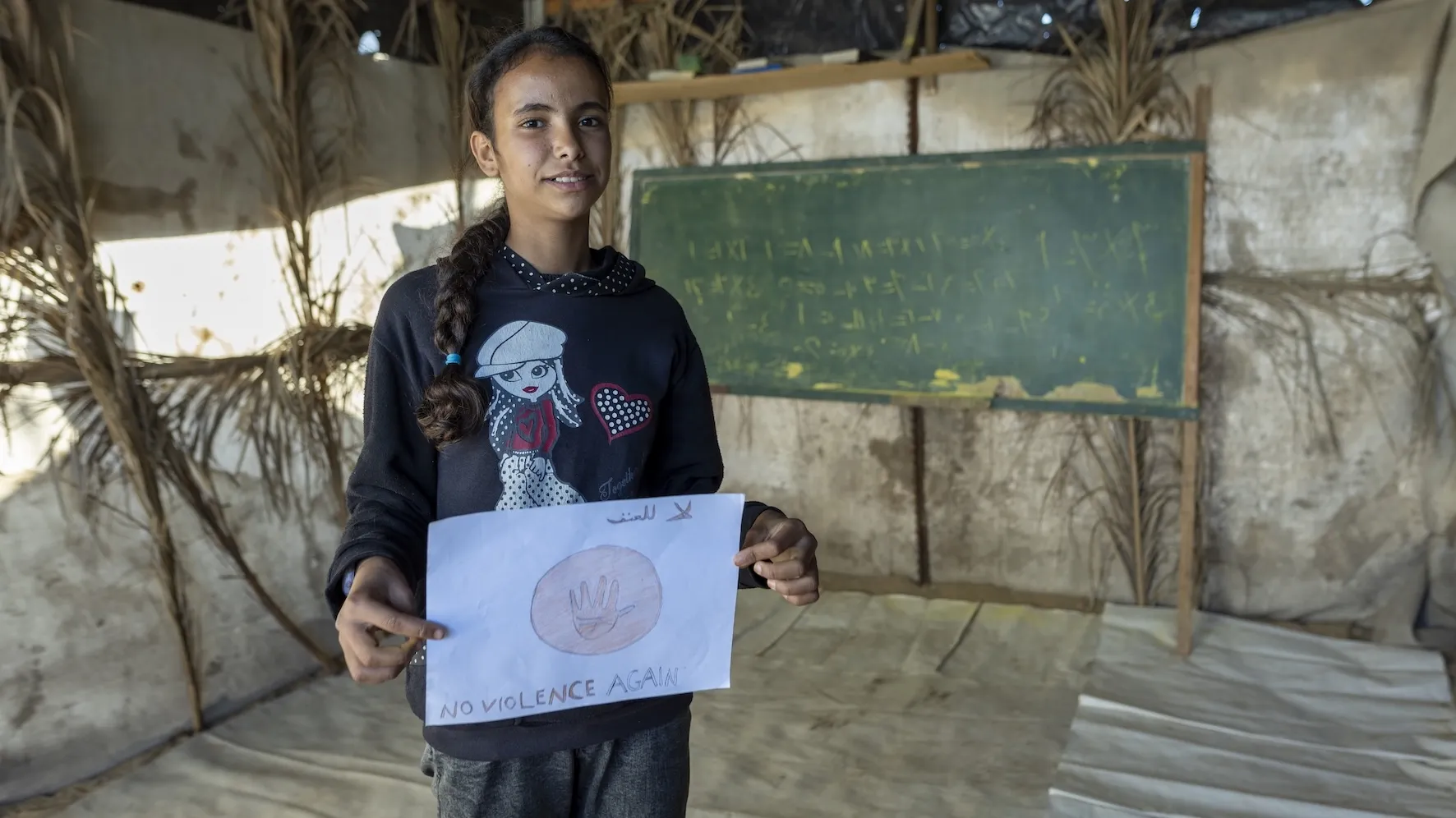
At a displacement camp in Deir al-Balah, I met a young girl I will never forget. She was in an art therapy session and insisted on only using the red crayon for her drawings.
I asked her, “Don’t you want to use any other colors?” She replied, “No, I saw the bombing, and there was blood everywhere.” She insisted on using the same color to draw the same scene. It was crushing for me to see a little girl suffering like this. Hearing her speak in that language — death, blood, bombing, destroy — made me feel that her vocabulary only consisted of those four words.
The war in Gaza has taken a huge mental health toll on children. They have faced severe traumas and tragedies: displacement, loss of family members and loved ones, devastating injuries and disabilities, and the interruption of schooling. They are experiencing severe psychological stress, depression, anxiety, nightmares and sleep disorders, social withdrawal and isolation as a result of living in an environment of constant violence and instability. Many children exhibit aggressive behaviors and have a sense of hopelessness.
As a communications officer for Project HOPE, I help raise awareness around the impact of this conflict on Gaza’s children and the importance of mental health support. One of the ways we’re addressing children’s mental health is by offering art therapy in displacement camps, allowing children to express themselves and their feelings in non-verbal ways.
In the camp in Deir al-Balah, children gather for sessions in a simple makeshift tarp shelter with a roof woven from palm tree leaves and a floor of sand. Through their drawings they deliver messages about their fears, their hopes, and their dreams. Like the little girl with the red crayon, they share about the violence they have been exposed to — mass shootings, bombings, tanks attacking children, soldiers attacking and destroying buildings — all of these scenes are illustrated through their drawings. They share about returning back to their homes in North Gaza after the war, and their hopes to leave the difficult tent environment they are in. All of the children I have met wish to return home and to have a safe house.
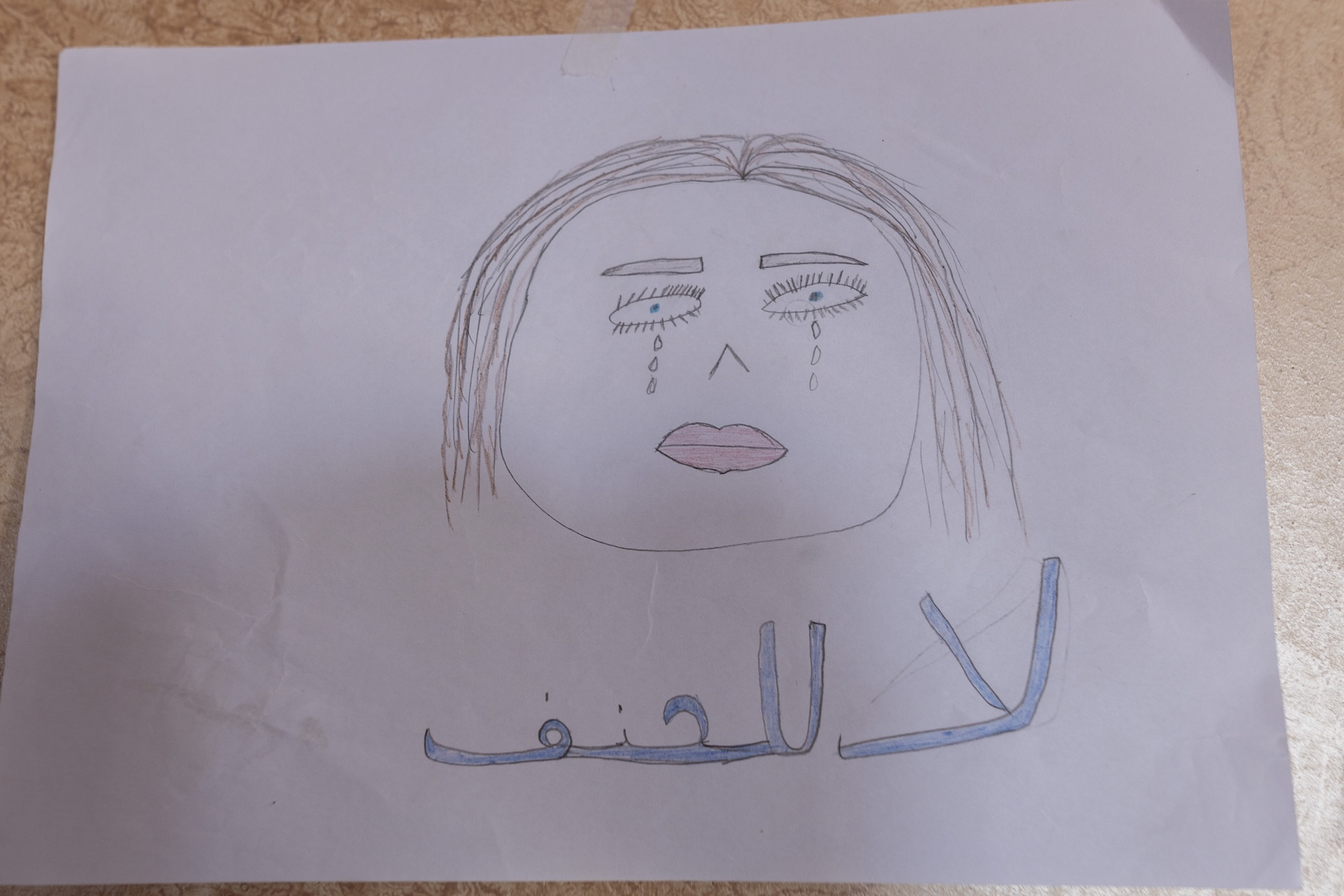
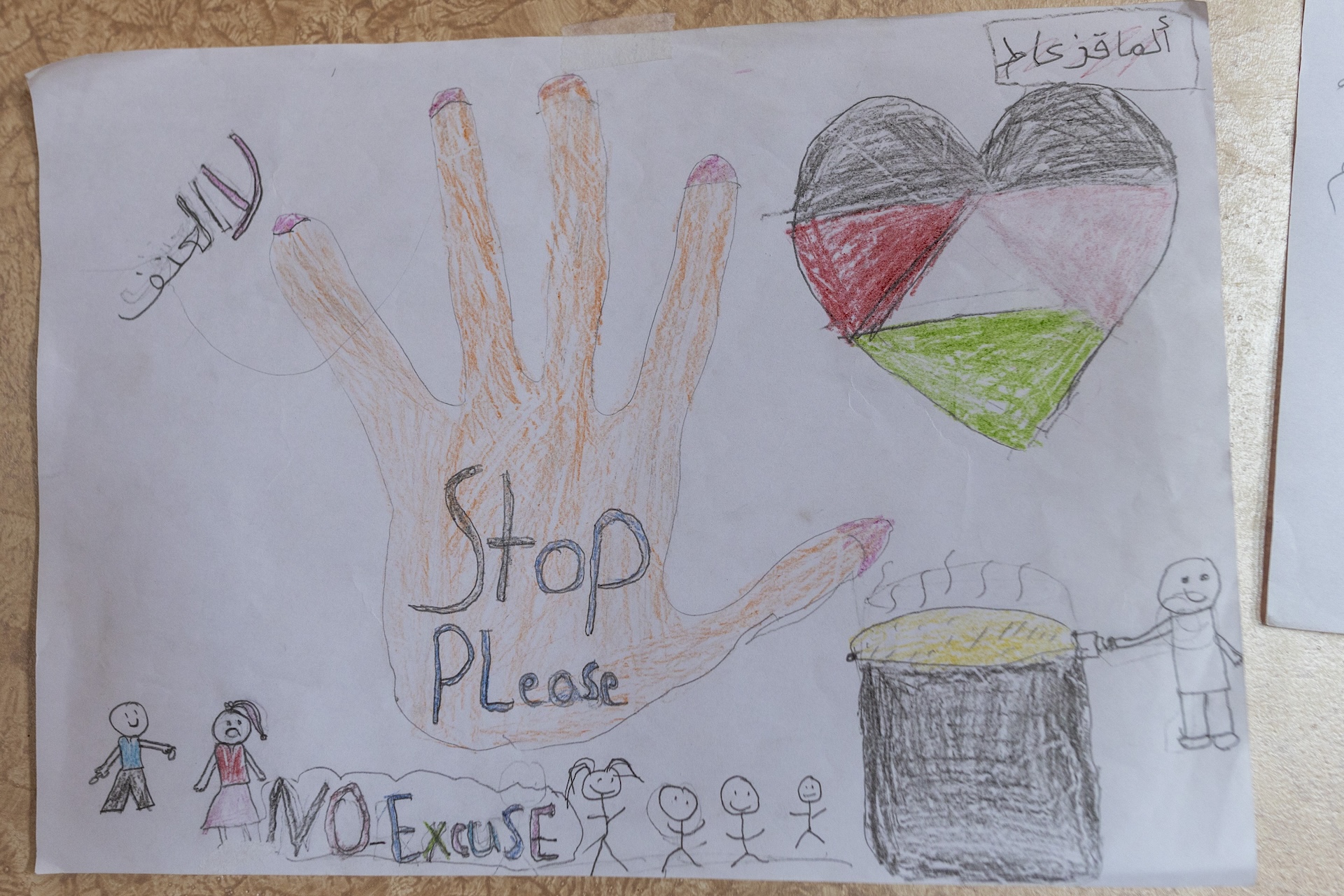
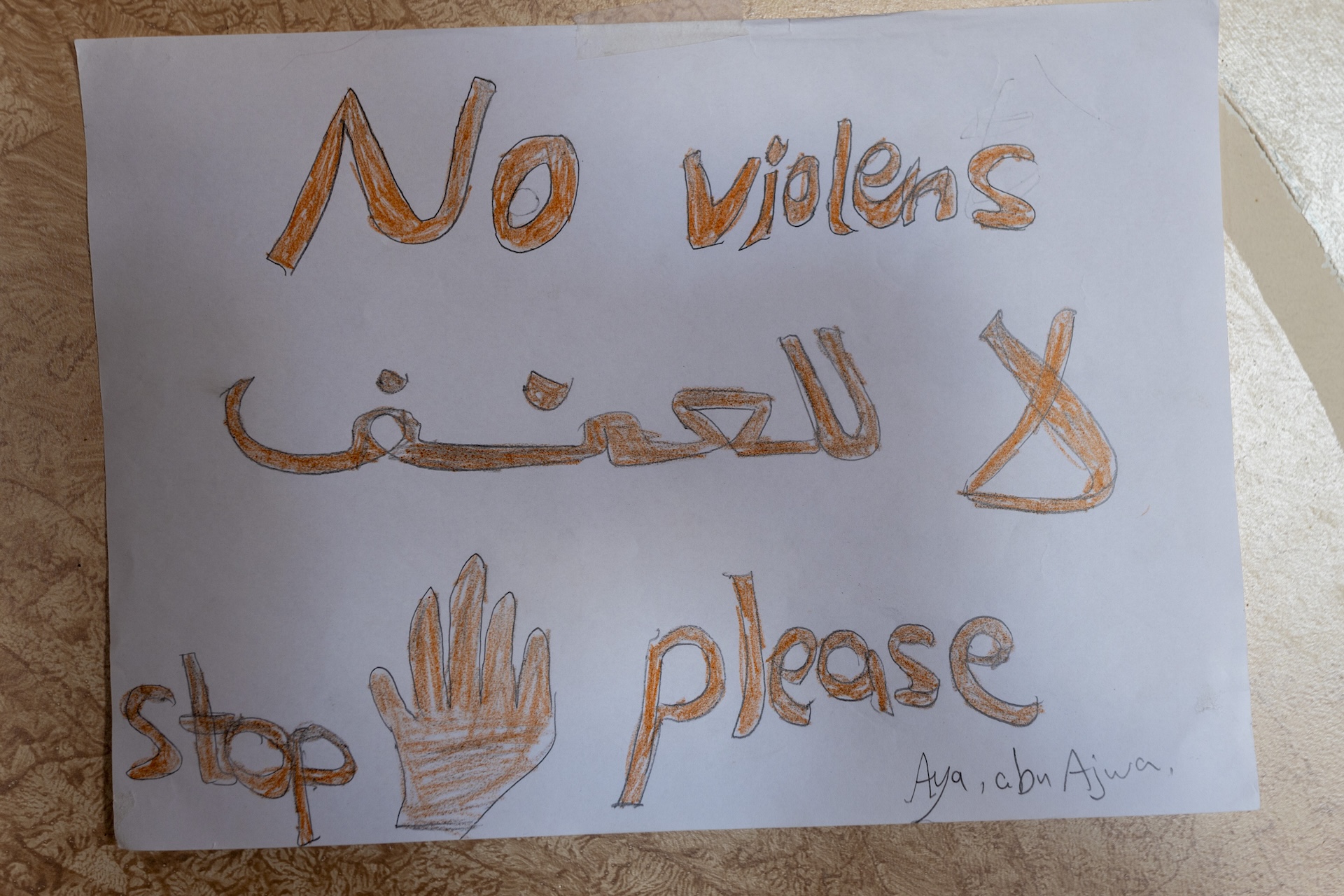
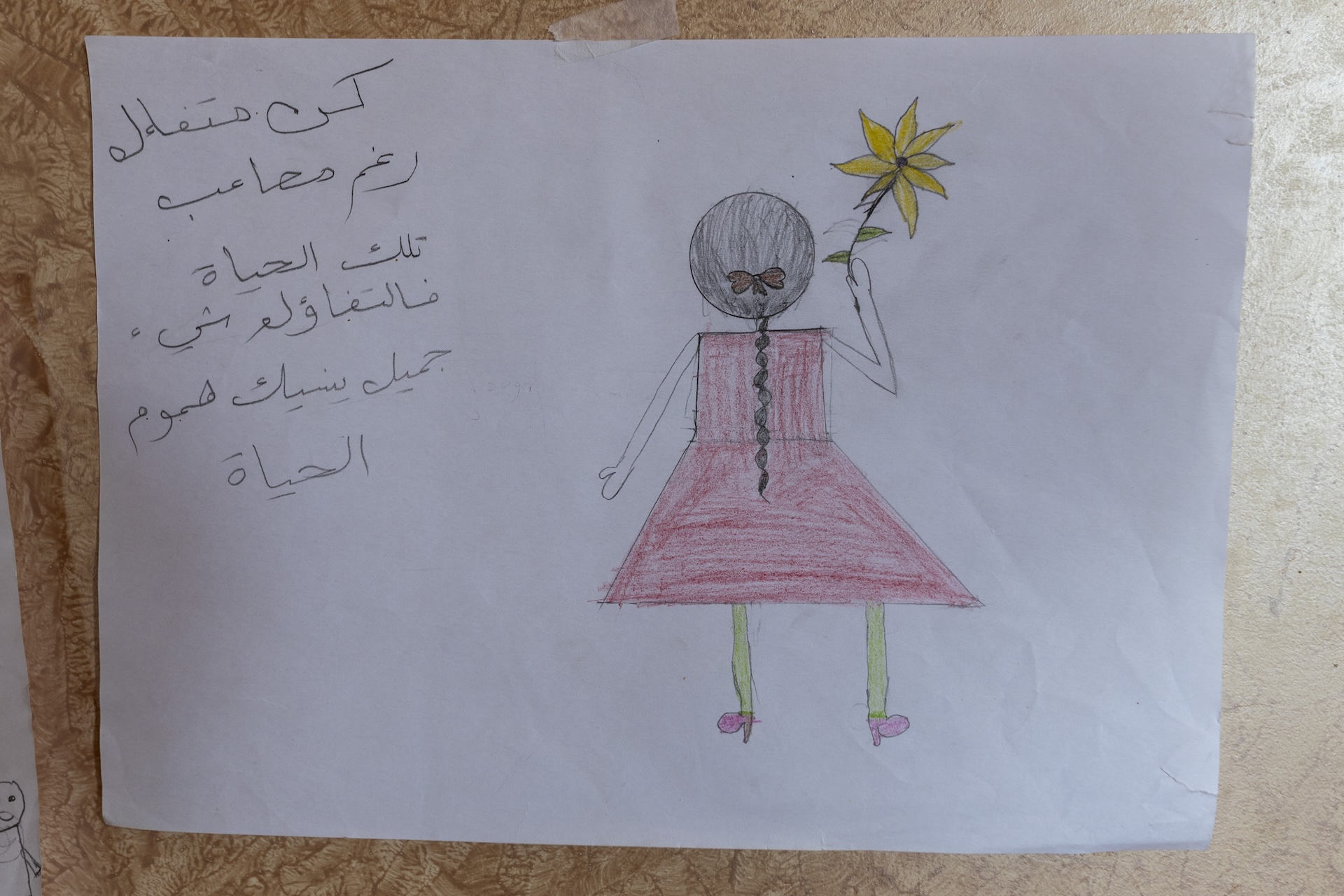
I can relate to the dream, as I have been displaced six times since the beginning of the war. As a single mother, I’ve seen my own three children suffering every day. One of my greatest challenges has been securing medicine for my son’s health condition, diabetes insipidus. It cost me a lot of money to secure it. The medicine ran out of stock six months after the war started, and then I couldn’t find it at all. I even tried to get it from outside Gaza, but it was lost in shipment. It’s been a nightmare. Seeing his suffering was really heartbreaking for me.
My other son had a full scholarship to Dartmouth University. It was his dream and his goal — and he achieved it, despite struggles with internet connection to complete his test and interviews — and now that he’s managed to do it, there is no way out of Gaza due to the blockade.
There are many other daily struggles for us, such as collecting clean water, charging batteries, and charging our phones. I must clean the house with no electricity — no washing machine, no dishwasher, nothing at all from our previous life. We are living life in a primitive way. It makes me recall memories of my grandmother doing these things in these primitive ways, and I think maybe she was living in better conditions than ours. But despite the challenges, the most important thing is that we are all still safe together, living as one unit. We haven’t been separated like many families have, and for that I am grateful.
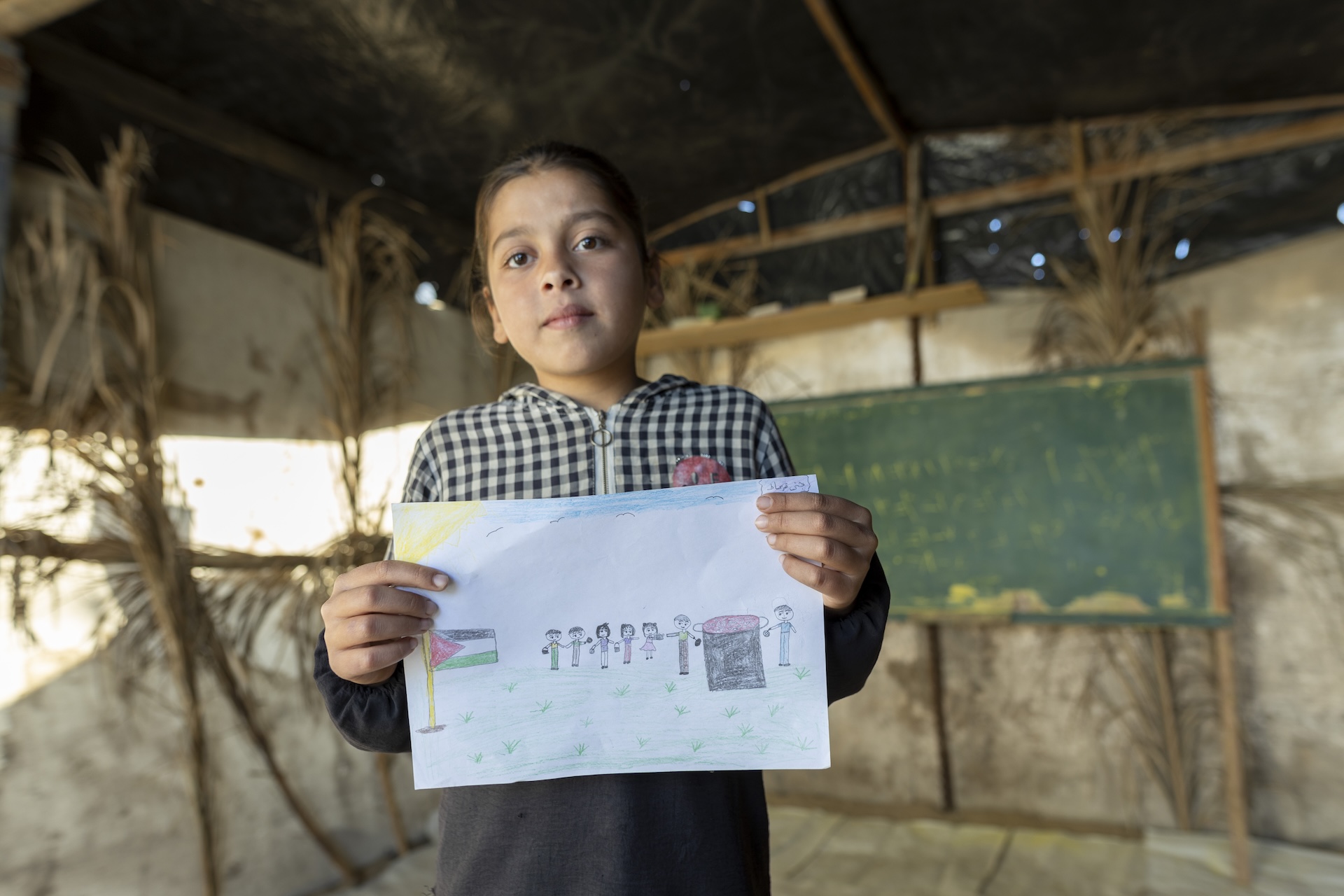

Project HOPE’s work has made a significant difference in the lives of many children here, providing them with emotional support and a sense of normalcy. For me, as a mother, seeing the positive impact on these children is incredibly rewarding and heartwarming.
Recently, Project HOPE also established the Al Amal community center (Amal meaning hope in Arabic), a protection center providing many services for children and mothers. It’s inspiring to witness their resilience and the small things that they are doing and achieving through the center. Having this center during these harsh times is very important for us, especially now that the ceasefire is over. Everyone is overwhelmed, wondering what will happen next. Families remain in dire need of humanitarian assistance, health, WASH, and psychological services. We are stuck inside a continually worsening situation, and the long-term impacts of the crisis are deeply concerning, especially for children who don’t receive mental health support.
Mental health is often neglected in response efforts, and there’s an urgent need for comprehensive and sustained support in Gaza. There’s social stigma related to mental health support here, but without these interventions the psychological effects could affect these children for the rest of their lives, following them into the future as they become moms and dads. This is one of the greatest tragedies of the war — the broken dreams and uncertain futures of Gaza’s children. They have been impacted more than anyone else. I think of my own children and all of their friends, and I think of the little girl with the red crayon.
>> Learn more about Project HOPE’s response in Gaza and how you can help
Doa’a Karawan is a communications officer for Project HOPE in Gaza.


